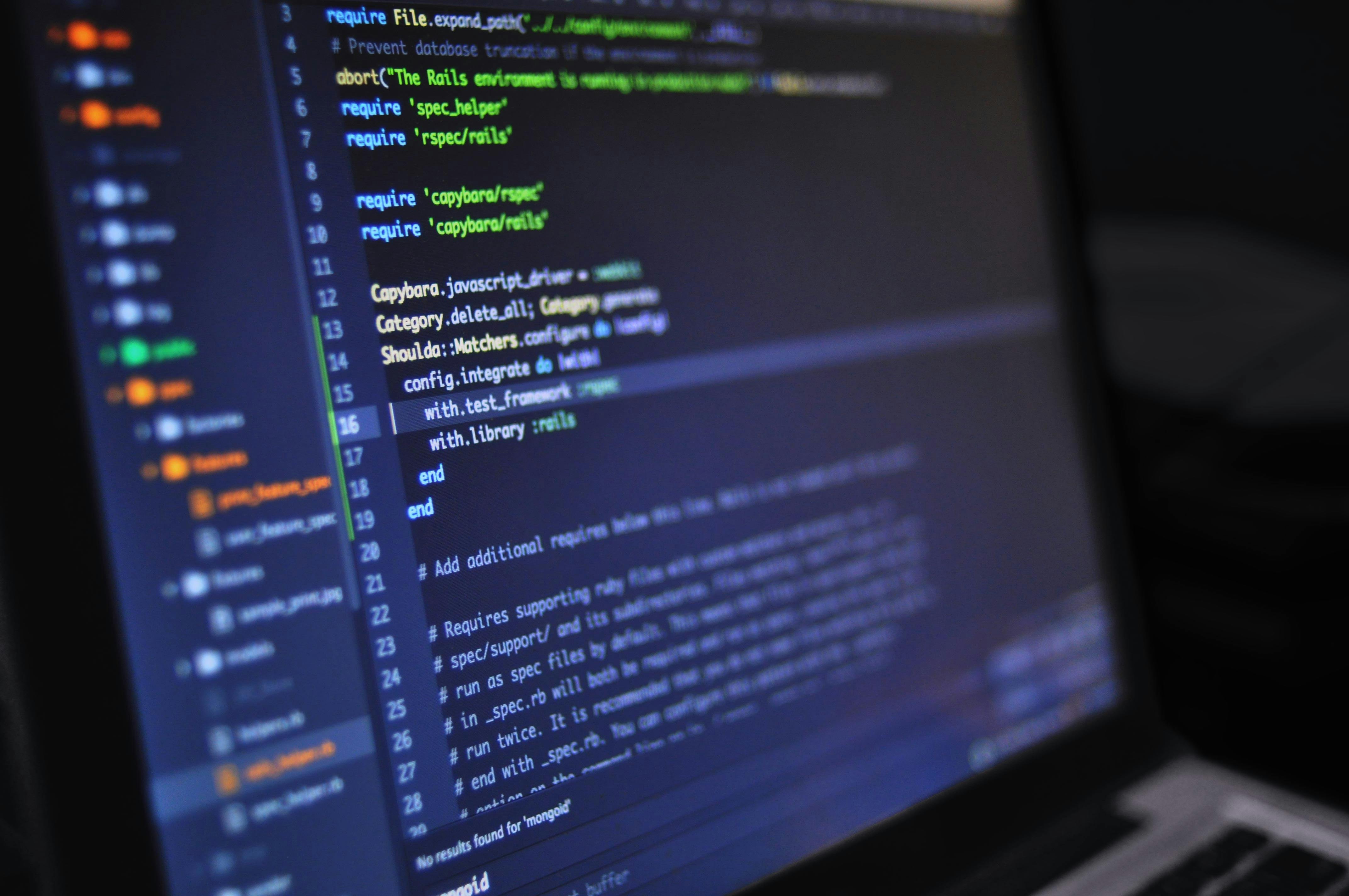Understanding Instability in CppUnit-Based Test Suites
Common Symptoms
- Tests pass individually but crash or hang when run in bulk
- Valgrind reports memory leaks or invalid frees in test runners
- Repeated CI runs show flaky or inconsistent results
- Static analysis flags unsafe memory operations inside fixtures
Why It Matters
CppUnit is often used in safety-critical or embedded systems where deterministic behavior is required. Memory leaks and instability in test code compromise regression validation, prevent continuous testing adoption, and mask real defects in production logic.
CppUnit Framework Design
How It Works
CppUnit uses a class-based test fixture model with setUp() and tearDown() hooks. Test suites are composed dynamically and executed via a runner. Memory leaks, bad pointers, or global state can easily propagate between test cases if cleanup is incomplete or test isolation is not enforced.
Limitations of the Model
Unlike modern frameworks like Google Test or Catch2, CppUnit lacks native RAII support, automated mocks, or tight integration with modern CMake/test runners. This places more burden on the developer to manage memory, mocking, and test isolation manually.
Root Causes
1. Manual Memory Management in Fixtures
Developers often use new inside setUp() and forget to call delete in tearDown(), or face exceptions before tearDown() runs, resulting in leaks.
2. Static or Global State Between Tests
Globals used across tests (e.g., logging systems, registries) may retain references or heap allocations that bleed into subsequent runs and corrupt test state.
3. Reused Test Fixtures Without Reset
Tests that mutate shared members in a fixture without resetting them cause nondeterministic behavior across test cycles.
4. Legacy Mocking or Unsafe Type Casts
CppUnit does not include a mocking framework. Users often build mocks using inheritance and typecasting, which can result in undefined behavior or memory violations.
Diagnostics and Analysis
1. Use Valgrind or AddressSanitizer
valgrind ./testsuite ASAN_OPTIONS=detect_leaks=1 ./testsuite
Identify leaks, use-after-free, or heap corruption issues within tests or fixtures.
2. Analyze Core Dumps from CI
Enable core dumps on CI pipelines for failing test runs and inspect using gdb to locate the crash origin within test logic or teardown routines.
3. Isolate Failing Tests with Filters
Run suspect tests in isolation using the CppUnit::TestRunner::run() interface or build per-test executables for debugging stability issues.
4. Enable Debug Builds with Sanitizers
Compile tests with -fsanitize=address,undefined to detect heap and pointer misuse before deployment.
Step-by-Step Fix Strategy
1. Use RAII and Smart Pointers
std::unique_ptr<MyService> service;
void setUp() override { service = std::make_unique<MyService>(); }
Replace manual new/delete with smart pointers in test fixtures to prevent leaks on exceptions or early exits.
2. Reset Global State Between Tests
Refactor global objects to support reset() or dependency injection. Avoid static initializers for mocks or configs.
3. Enforce Fixture Isolation
Each test case must run with a fully reinitialized fixture. Avoid modifying shared member variables without cleanup in tearDown().
4. Introduce Test Timeouts and Resource Limits
In CI, set per-test timeouts and memory limits to prevent infinite loops or runaway leaks from hanging entire test suites.
5. Migrate to Wrapper Runners
Wrap CppUnit in a custom runner that logs memory usage, tracks test duration, and gracefully skips unstable tests after a threshold.
Best Practices
- Use smart pointers in all test fixtures
- Isolate and reset all static state between test executions
- Avoid sharing test data via member variables unless required
- Use AddressSanitizer in CI builds to catch memory bugs early
- Document and freeze fixture structure for legacy systems under certification
Conclusion
CppUnit remains a practical choice for legacy C++ testing but demands careful engineering discipline to avoid test instability and memory corruption. Most issues stem from unmanaged resources, shared state, and outdated mocking patterns. By adopting modern C++ idioms like RAII, smart pointers, and static analysis tools, developers can stabilize their CppUnit test environments and ensure long-term maintainability. For high-assurance systems, robust testing is not just about test coverage—it’s about deterministic, repeatable execution.
FAQs
1. Why does my test suite leak memory even when tests pass?
It's likely due to missing delete calls or exceptions bypassing tearDown(). Use smart pointers and Valgrind to confirm memory hygiene.
2. Can I use mocks with CppUnit?
CppUnit doesn’t include a mocking library, but you can integrate libraries like Google Mock or hand-code mocks using interfaces. Ensure proper cleanup and avoid unsafe casts.
3. How do I run specific test cases?
Use the TestRunner::run(testName) API or a custom runner script that executes selected cases by name.
4. Is it safe to share fixture data between test cases?
No. Always reinitialize or reset shared members. Shared state introduces test flakiness and undermines independence.
5. Should I migrate away from CppUnit?
If you're modernizing, yes—Google Test or Catch2 offer better tooling, mocking, and community support. But for stable legacy systems, CppUnit can still be hardened effectively with the right practices.



